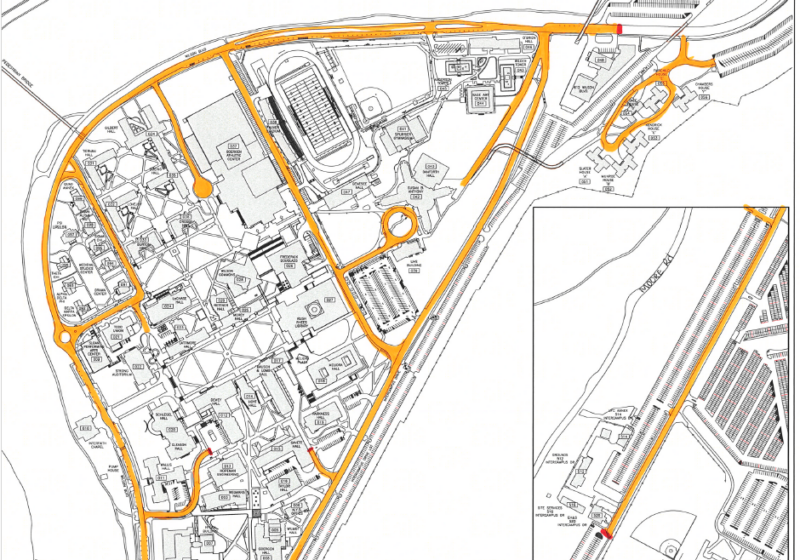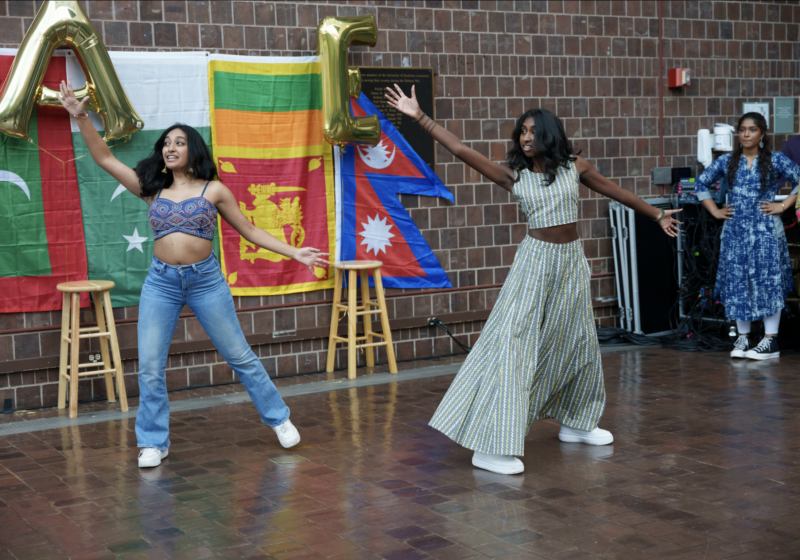As a student athlete, frequent attendee of UR sporting events, and president of the Varsity Student Athlete Advisory Committee, issues of sportsmanship are often on my mind. Ever since I started participating in athletics, I’ve considered proper sportsmanship mandatory, with anything less just unacceptable. Now, nearly 16 years later, this emphasis has not wavered, and as I’ve gotten older, good sportsmanship has only become more important in my eyes. The question, however, is what exactly does “good sportsmanship” mean, especially for Division III athletes?
Ask ten athletes, coaches, or fans what they think good sportsmanship is, and you’ll probably get ten different answers. There’s likely to be some uniformity, though. Ideals like“respecting your opponents” and “playing by the rules” are pretty much universally considered to be part of what makes a rational sport, but beyond these baseline truths, defining acceptable behavior is much more difficult.
From an outsider’s perspective, some of the heckling, taunting, and intentional distractions from fans directed toward opposing players and teams might seem like bad sportsmanship, and in some cases, it is. No one should be shouting negative remarks at a middle-school basketball team, or at any other athlete of such a young age.
But what about athletes at UR? Should we expect to be treated with the utmost respect and not be subjected to any sort of negativity when we compete against other schools? I would say absolutely not.
There is nothing like competing in front of other people who care about your sport and the outcome of your game, even if their way of caring is expressed by booing and letting you know that they hope you fail. In speaking with other athletes, both at UR and other colleges, an overwhelming majority of us not only are okay with facing negativity from opposing fans, but find it enjoyable. For this reason, I would say that there is plenty of room for this type of behavior in college athletics. We can handle it.
Of course, there is still a line that cannot be crossed. Personal attacks, or pretty much anything that attacks one’s identity, are certainly too far. This type of heckling is rare, but does exist, and should not be tolerated.
One of the biggest problems with the current status of sportsmanship in Division III is that there are no clear guidelines about what is and isn’t acceptable. There have been discussions to make more official legislation outlining this, but for now, this ambiguity leads to an environment where no one really knows how to behave. All too often, this leads people to either crossing the line or sitting on their hands and needlessly creating a sterile atmosphere devoid of the energy that makes college athletics great. Similar to most conflicts, an in-between zone hasn’t been formulated.
Good sportsmanship should be a pillar of Division III athletics. But that doesn’t mean heckling, negativity, and emotion have to be minimized. These signs of passion and engagement should be encouraged as long as they are not done in ways that target individuals.
This allows fans to be engaged in the events. It also creates a better atmosphere for players. For us, Division III athletics are our Super Bowl, our World Cup, and our Olympics. Sure, our games will never come close to what it’s like to compete in those events, but why limit the passion and emotion of our games beyond what’s necessary to keep things civil?





